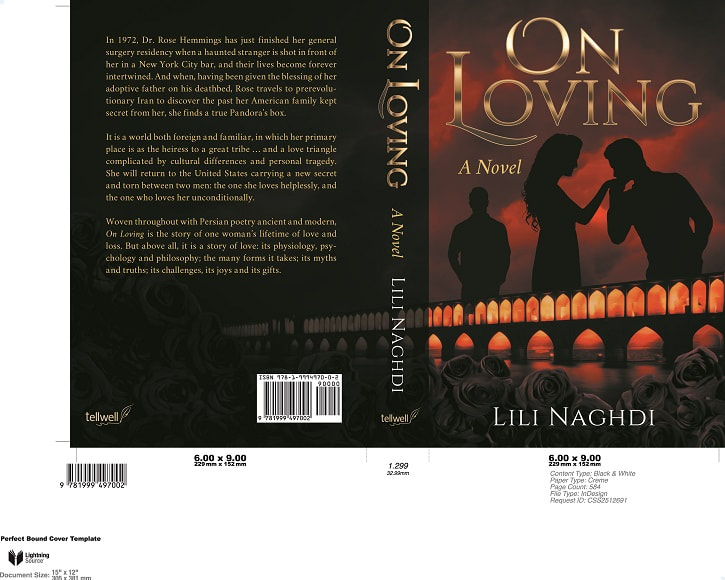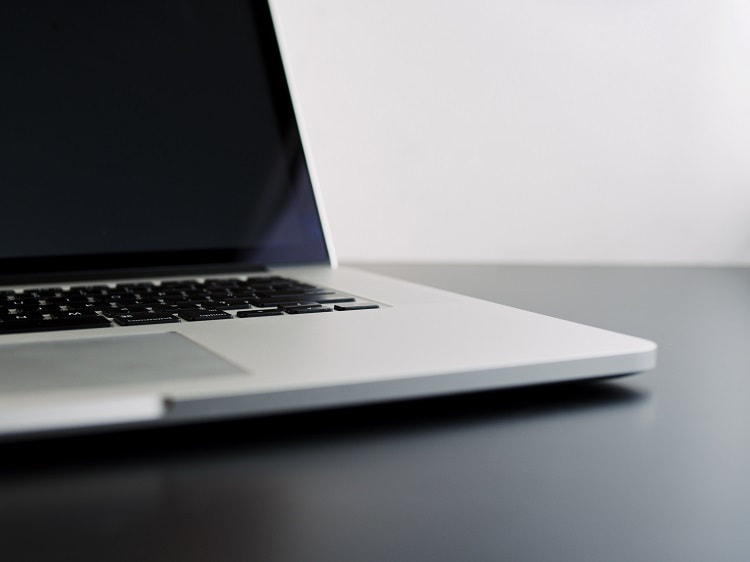|
Back in 2007 Amazon launched their Kindle platform and since then publishing has never been the same, eBooks have gone on to be a vital point of entry for many authors and they’ll continue to do so, but traditional publishing (that is publishing in print) is still strong and numbers continue to grow for the format. So, although some authors may start off in eBook alone, they will soon expand their offered formats into print too, which makes sense if you want to reach as big an audience as possible. But why do some authors only publish as an eBook alone? Well, the digital format is normally a quicker route to market, making the book cover requires less technical ability than that required for a cover made for print, you can sell a digital book easier from your own website and the overall costs in production of an eBook tend to be cheaper. It’s essentially a great way of dipping your toe into publishing without spending a fortune. So why go over to publishing your book in print? The book buying public seem to be falling back in love with traditional printed books, the figures show a steady decline in eBook sales and steady growth from printed formats. A recent survey showed that 39% of Americans say they only read printed, 29% say they read both formats and only 7% say they read just digital alone (25% saying they’re non-book readers - statistics from Pew Research), so not publishing in print does exclude a large chunk of readers. Publishing in print does require a little more in the way of ‘set up’ in comparison to an eBook, the formatting (although it can be done through KDP) is better when completed by a professional, it can take a week or two to complete but the effort is worth it. There are plenty of services available to format printed books, some of which are self-service options which you can do completely online and others which will require downloading specific software to do the job for you (the likes of InDesign or Quark Xpress are two good examples of formatting software). With formatting your own book for print it can involve a steep learning curve, if you have never used InDesign/Quark (or any of the online tools) then you may want to take some lessons beforehand, if you plan to publish many books and want to micro manage every aspect of your book’s production then this could be a good thing, if not, then we would recommend getting a professional to complete the task for you, it will be easier and a great deal quicker in the long run. The resolution of the book cover will also need to be sharper for print, the pixels per inch (PPI) or dots per inch (DPI from print) for an eBook cover is a standard 72 DPI, with your printed cover the resolution needs to be at 300 DPI, so using high quality images will ensure a smooth print. The book cover design layout is also far different from that of an eBook, you need to design for the back page, spine and the front page, what’s more, the layout will also need to have a bleed area which extends outwards on all four sides of the print, this area gets trimmed off in production to ensure that there are no white lines running down the sides of the book cover. Again, as with book formatting this is something that you’ll need specific software to complete and there will be another steep learning curve if you want to create a printed book cover for yourself, realistically you may just want to use a professional, as before, it’s quicker and much easier. So there are several things you’ll need to take in to consideration when planning to print your book, but there are lots of people who can help you with these elements (we of course design book covers from start to finish and even convert existing eBook designs to print), printing your book as a paperback or hardback is quite straightforward and well worth doing, it will certainly help you to reach a far larger audience.
0 Comments
Your comment will be posted after it is approved.
Leave a Reply. |
JD&JCategories
All
Archives
July 2024
All information within this website (including its blog) is published in good faith and for general information purposes only. JD&J Design LLC does not make any warranties about the reliability and accuracy of this information. Any action you take upon the information in this website is strictly at your own risk. JD&J Design LLC is not liable for any losses and/or damages in connection with the use of this site and information.
|






